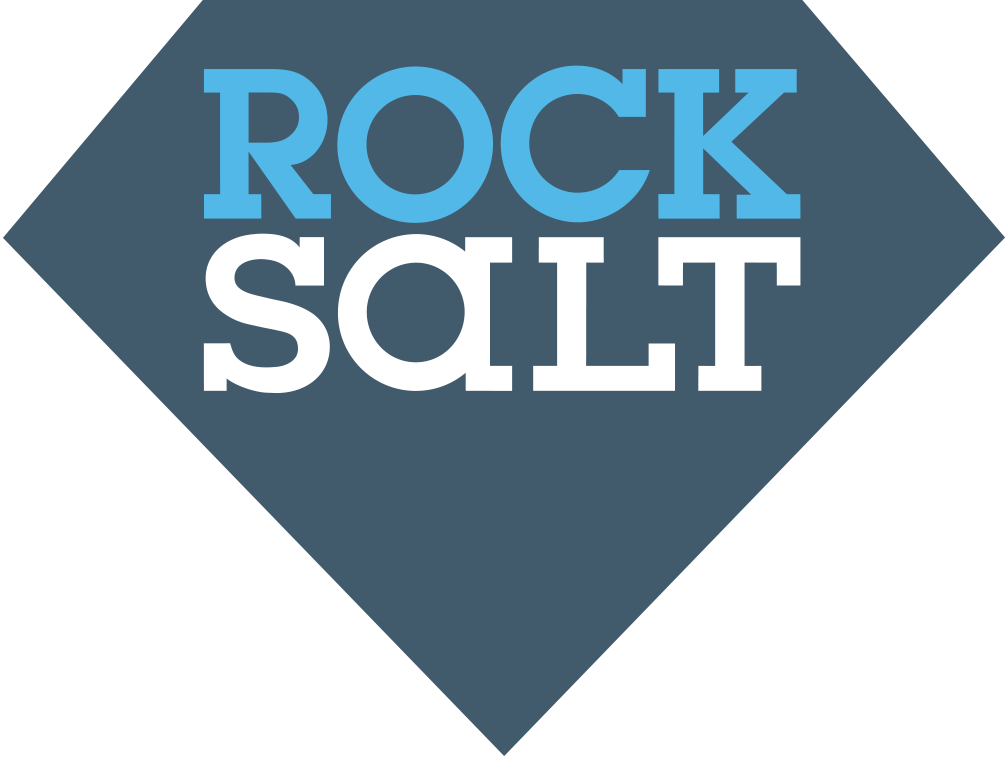This blog post, written by our content strategist, Kate Reid, was first published on the Workspace blog as part of Social Media Week London (#SMWLondon).
When we’re talking about content strategy, I see social media as bringing the harmonies to the marketing tune: a song fuelled by the rhythmic melody of content that establishes the chorus of conversation.
Let’s face it, without words, there is no internet. No websites, no search results, no social media. But creating your own content and using social media doesn’t have to be as daunting as I make that sound. You do not need to create the internet; you just need to tell your story, your way. It all comes down to three key phases:
- Plan your story
- Tell your story
- Share your story
Plan your story
Whether you’re writing a blog post, an email campaign, or writing your website copy (or all three, right?), have a plan. Our content strategy at Rocksalt always focuses primarily on creating our own content (such as a fantastically interesting blog post; even Richard Branson’s onto that), and how we will use marketing platforms such as email and social media to bring people to where “the conversion” happens — our website.
Like any good book, though, a story is nothing without its supporting characters, so our strategy always involves curating the tales of those around us. What is happening in the world that’s relevant and brings value to our story?
By building these two aspects of content creation and curation into your plan (in our case, it all happens in the holy spreadsheet we call ‘the editorial calendar’), you have a clear overview of the conversations you want to have about your story in the social sphere.
Planning, in short:
- Consider the content you want to create
- Source the content you want to curate (or simply share)
- Put the editorial plan in writing, preferably in some kind of calendar
- Prepare your social content in advance
Tell your story
At Rocksalt, we meet monthly to brainstorm and brief our “owned content” for the month ahead, considering any new lessons or reflecting on old lessons that we want to share. We also use this time to write as much social media content as we can for the month ahead.
Taking the time to think about and physically plan what you want to say makes telling your story so much easier and faster. You know what you want to write about, and when you need to write it by, so it becomes part of your schedule.
To connect with our audience, it’s important for us to be as honest, authentic and original in our writing as possible, so we start to shape our story through our own experiences combined with our research on the topic. We ask each other to read and proof our work, which is not only important from an editing point of view, but also to make sure that we are creating content that is consistent with our story. We have an in-house style guide that also helps keep us on track.
Storytelling, in short:
- Use your plan to schedule writing time
- Write with honesty, originality, and your own personality
- Proof your work, and involve others
Share your story
This, dear reader, is where social media comes in. You’ve done all the planning and the writing (and the infographic designing and the video making – whatever it may be that makes up your content story) and it’s time to take it to the people.
Many of us don’t have the resources to be posting on every social channel every day, so we recommend focusing on hanging out where your readers are (such as LinkedIn for B2B versus Facebook for B2C). You might already know what’s best for you, or you might want to do some social trials. For us, we focus on LinkedIn, Twitter, Facebook and Google+. You might sell products that are best promoted on Pinterest (we love how Healing Concepts Australia is telling their story), or perhaps your charisma should be harnessed on YouTube.
I consider consistency to be a key part of this whole ‘planning, telling, sharing’ journey. At the end of the day, you’re doing all of this to connect with people who are interested in what you have to say or sell, and they appreciate and respond well to a consistent approach. Fortunately, your advanced social scheduling really cements your consistent foundations, which frees up your time to respond and post on the fly.
Perhaps, like us, you will come up with a weekly content campaign (ours is Word Love Wednesday), or you might simply follow the same pattern of sharing each week (blogs on Mondays, emails on Tuesdays, industry news on Thursdays). Whatever you do, be consistent.
It’s not all about consistency, though. Check out Nik Darlington’s SMWLondon blog, which has some brilliant social tips that we wholeheartedly concur with. One of our favourite points from his post was about being engaged (aka “don’t ignore people”). Social media really does allow you to have real-time conversations with the people who are most important to your business. It’s an opportunity not to be missed.
Sharing, in short:
- Think about your audience
- Choose or try out channels
- Be consistent
- Be engaged
It’s time to find your voice and share your knowledge and experience with the world. So with these three steps in mind, do you think you’re ready to live the content strategy dream?


































